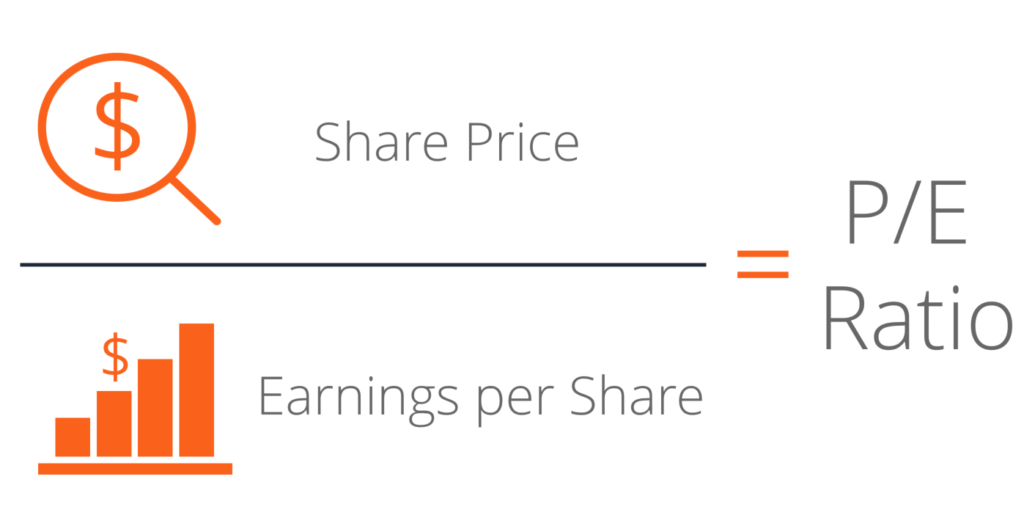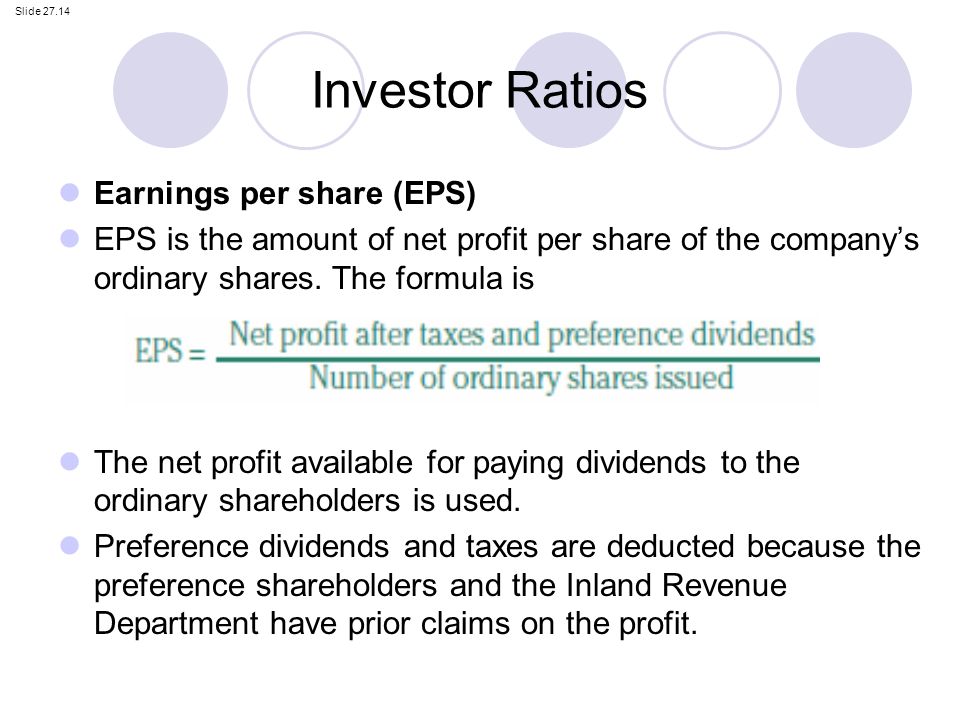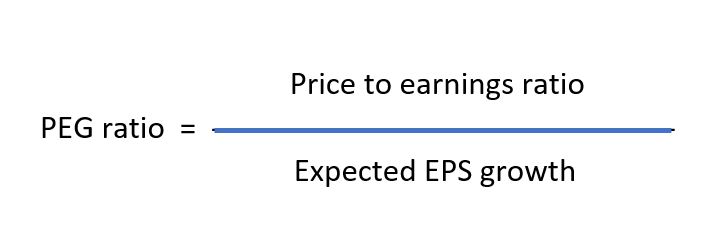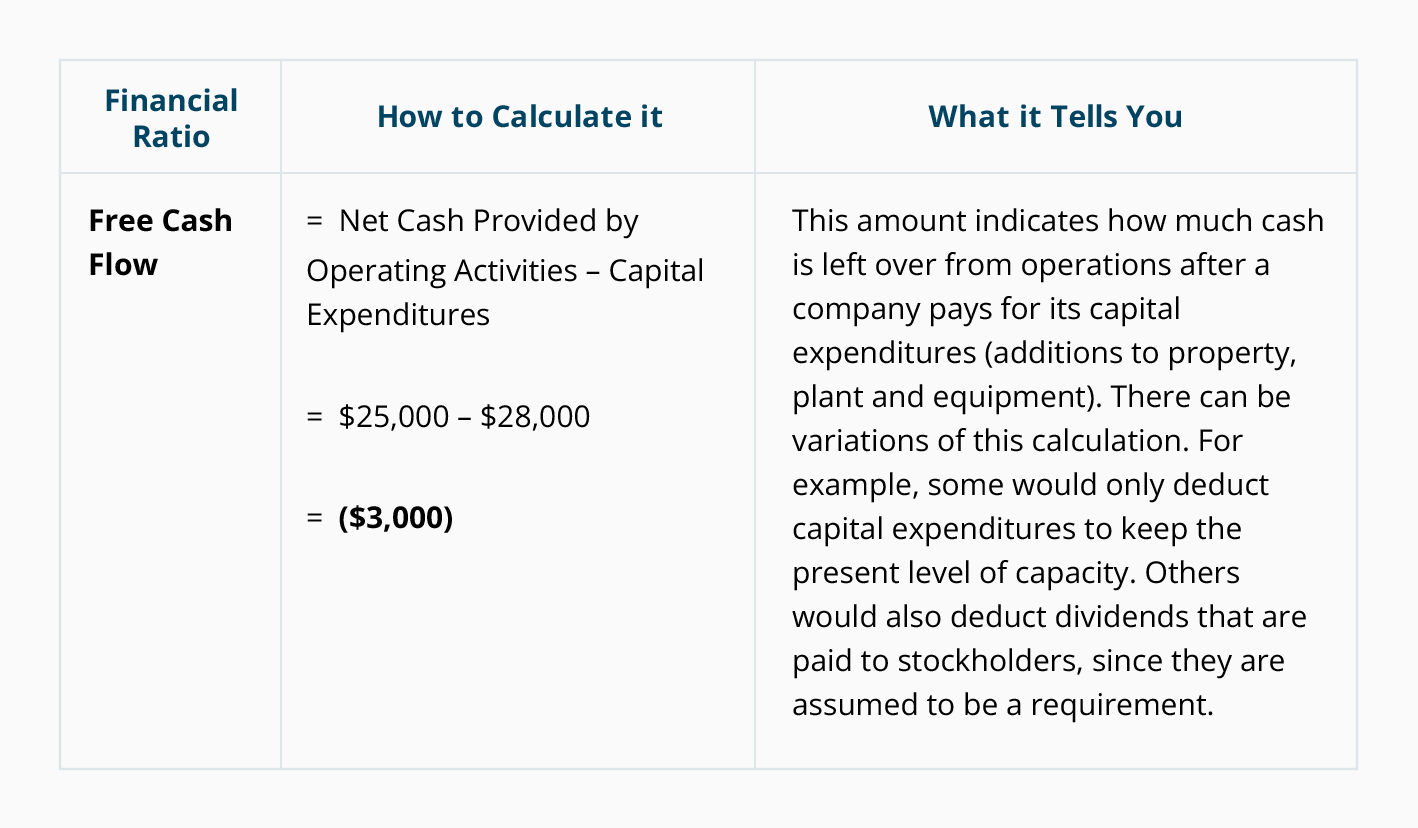Surprisingly,the sign up process was easy using Singpass account and in about one day, i open a brokerage account with FSM.
So,why choose FSM as a brokerage?
- Cheapest stock brokerages fees in Singapore at (0.08% or a minimum of $10)
- Good customer service,asked some queries on the account fee using the chat interface and was answer promptly
- No physical bank(Yes,some people prefer a brick and mortar bank)
- Must transfer money to FSM and they will update your account balance(Updating of balance in account generally takes an hour not immediate)
- Let's say you transfer $4000 at 3 PM to your FSM account,only at 4 PM then your account balance will show that you have $4000 transfer in
How to set up a FSM account?
- You can choose to Sign up with a Singpost account or sign up normally and you are done,quick and easy!
Onto the step by step guide on how to purchase a stock via FSM!
Step 1)Transfer money into your FSM Account
2.Take note of your personal account number,you will use the number to transfer money into your FSM account from your respective bank(Red Box)
3.Go to this link:https://secure.fundsupermart.com/fsm/new-to-fsm/parking-facility/making-payments,scroll down to making payments and select the bank that you want to transfer the money from e.g DBS
6.Click stocks then Live trading(red box)
7.You will be brought to the below page,key in the stock code that you would like to purchase e.g S08 SINGPOST (red box)
I am pretty sure everyone who has follow my blog are now familar with the various term,but nevertheless here are some key term

Step 1)Transfer money into your FSM Account
How much to transfer?
- Well, it depends on how much your budget to purchase those stock and whether you have enough in your bank
- Currently, the Brokerage charges for FSM (Singapore):0.08%, min $10
- SCB charges 0.2% or minimum $10
- DBS vickers cash upfront charges 0.12% or minimum $10
- if you are investing up to $5,000, you can either use DBS Vickers or SCB or FSM.
- If you are investing above $5,000 and up to $8,333.34, use either DBS Vickers Cash Upfront or FSM.
- If you are investing above $8,888.34, use FSM.
- ***Note: You can invest in any amount you like it need not be $5,000, in my personal case I use either $3000 or $5000 or $7000
- So you have decided the amount? What's next?
- Transfer the money, of course!
1. Log in to your FSM account, and you will reach the below page
2.Take note of your personal account number,you will use the number to transfer money into your FSM account from your respective bank(Red Box)
3.Go to this link:https://secure.fundsupermart.com/fsm/new-to-fsm/parking-facility/making-payments,scroll down to making payments and select the bank that you want to transfer the money from e.g DBS
4.Follow the instructions above,remember to key in your personal account number from FSM in the comments for Recipient
5.After transferring,you have to typically wait from 30 mins to an hr for the balance to be reflected in your FSM Account holdings
Step 2)Time to buy some stock!
9.After clicking buy,the order form will appear,key in the the quantity of the stock that you would like to purchase
I am pretty sure everyone who has follow my blog are now familar with the various term,but nevertheless here are some key term
The terms are taken from this post, a while back,some important terms are...
Last done
- Last action-how much was this share bought or sold for
Bid
- Bid-how much someone is willing to pay for the share(Someone want to buy the share at a price of 0.9350)
Offer or Ask
- Ask is the price a seller is willing to sell the share(someone want to sell his his share at a price of 0.9400)
Bid vol
- Bid qty,someone make a bid to buy 683,800 shares at 0.9350 for each share
Offer or Ask vol
- Offer vol is someone selling his 760,400 shares at 0.9400 for each share
*As taken from here: When a market is experiencing more buying volume than selling volume, it means that there are more traders buying at the ask price, which has a tendency to push the price up.
When a market is experiencing more selling volume than buying volume, it means that there are more traders selling at the bid price, which has a tendency to push the price down.
Chg or change:
- For a stock or bond quote, change is the difference between the current price and the last trade of the previous day
Day High:
- Today highest price for the stock so far
Day Low:
- Today lowest price for the stock so far
Order quantity:
- I have key in 100 shares
SGX(lot size)=100 shares
Order type:
- The below chart does a good job of explaining the various order type
- Market order-Buy or sell at the current Ask price(Order get filled immediately)
- Limit order-Buy or sell at a specific price(Order filled depend on the price you key in, will explain later in the post)
- Always choose Limit order!!!

Order consideration
- (Quantity x Price ) + SGX Fees and charges
10) Click preview order,the comfirm form will appear
Stock name:
- Stock code as the name implies, SPDR STI ETF(ES3)
A/C :
- should have been auto fill
Action:
- Click buy to buy stocks and click if you are selling the stock
Order type
- As explained above,limit order
Validity(until):
- A Day order is a limit order good for that business day only. If the order is not filled by the end of the trading day, the order will expire.
- This is the order we are going for, for simplicity sake.
Order quantity:
- I have key in 100 shares
- SGX(lot size)=100 shares
Order price:
- The price that i want to buy the shares at,0.9400
Estimated Fee
- Total :$10.74
- Order value(100%)=$94.00
- SGX trading fee(0.0075%)=$0.024555
- Clearing fee(0.0325%)=$0.106405
- GST is 7% of Comission + Clearing fee + SGX trading fee
- GST=$0.7091672
- Hence,estimated fee= $10 + 0.024555 + 0.106406 + 0.7091672=$10.74
- Do refer to DBS vickers post if still unsure
Pretty easy right?Do watch out for my next post,thanks for reading!







































